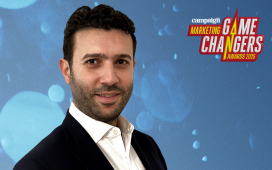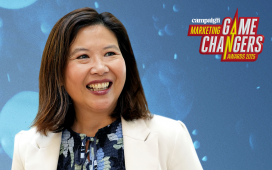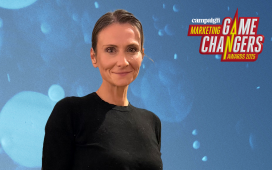Hills Advertising’s Sami Al Mufleh shares his take on cutting through the digital noise, measuring effectiveness and the attention economy with DOOH.
The out-of-home landscape in the Middle East has not only remained resilient, but continues to dominate the marketing mix as a highly effective channel of advertising. Currently being disrupted by dynamic digital billboards, this sector has welcomed not only enhanced measurement capabilities, but also creative and operational efficiencies.
In an interview with Campaign Middle East, Sami Al Mufleh, Founder and CEO of Hills Advertising, discusses all this and more as he offers a
To continue reading this article you need to be registered with Campaign. Registration is free and only takes a minute. Register Now or sign in below if you already have an account.









